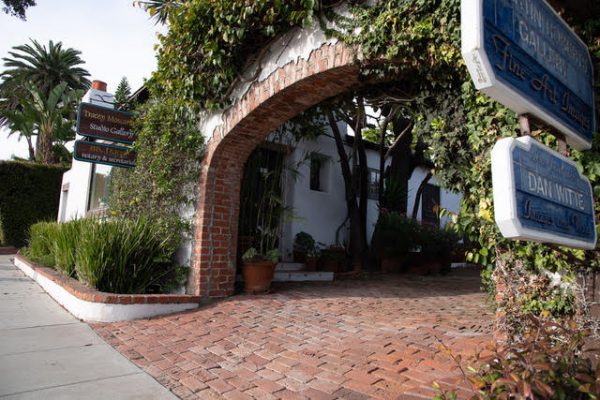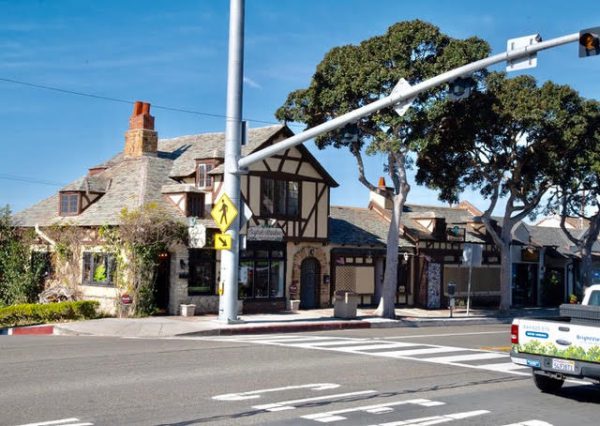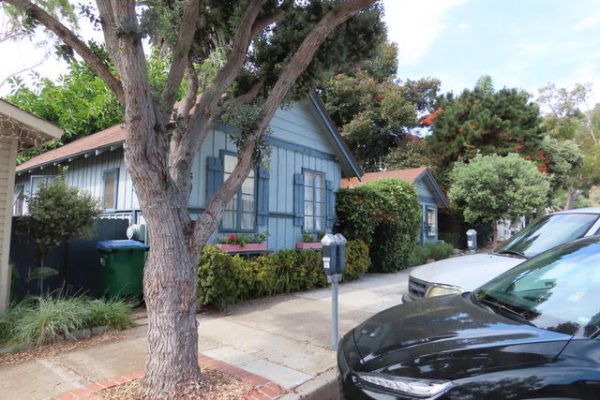A Defining Moment

It saddens me to hear people say, “I love Laguna, but it has changed so much,” implying that it isn’t as good as it used to be. Are they are blaming us, the stewards of this place, that we haven’t done enough to protect the unique character of our town? Maybe we haven’t, but we have certainly tried.
There’s a whole list of landmark achievements all accomplished by dedicated and innovative citizens with broad community support.
Now that community support is faltering and the vision for the Laguna of the future is cloudy, made even more so with the curtains of the virus closing over us, limiting our ability to act and feel like a community.
In recent weeks we have had important issues before the city council, one after another, issues that have been mulled over for years. But suddenly, they are presented for up or down votes when we are disabled from gathering to develop consensus. The Downtown Specific Plan, Forest Avenue closure, Coast Inn, and next week, the Historic Preservation Ordinance.
Our historic preservation program had its genesis in 1981 when a broad-based citizens committee and consultants prepared a comprehensive inventory of historic resources. With the help of a state grant, they identified and described 776 historic resource properties. A Historic Resources Element and a Historic Preservation Ordinance followed. At that time the preservation program was to be voluntary.

Although historic resources were from the first considered part of the environment under the California Environmental Quality Act (CEQA), in 1992, the state added a definition of historic resources to make clearer the obligation of local agencies to evaluate impacts and explore alternatives to demolition or incompatible modifications to historic resources. It did not work in Laguna. Staff kept treating demolition or modifications to historic properties without historical review. Nearly 100 of the inventoried properties were significantly modified or demolished from 1981 to 2014. The only option for preservation was persuading owners to restore and take advantage of city incentive programs. (Preserved historic properties qualify for the city’s Historic Register and benefits including Mills Act property tax reductions.)
In 2005, the proposed demolition of a prominent, exceptional 1931 Mediterranean revival house raised the question—isn’t CEQA compliance required here? The city blinked—yes, indeed it was. Then the confusion started.
Property owners of historic resources had to comply with new procedures and requirements. The path to approvals was not clear since CEQA compliance was not included in the Historic Preservation Ordinance. Property owners found out about the historic issue near the end instead of at the beginning of their planning process. Staff, heritage committee, and design review board members had to respond to new criteria. The frustration we are hearing about from property owners is real. It has set some against the whole historic preservation idea. We heard their testimony at every one of the 26 meetings on this subject since 2014 when the city finally decided to try to sort this all out.
Laguna citizens who want to preserve the character of our town were also frustrated. They saw the council almost demolish and then resist restoring the Digester building. They feared the harm from someone “voluntarily” demolishing or “remuddling” other historic treasures. They understand how the bungalows, cottages, and period revival gems in our neighborhoods, downtown and along Coast Highway are central to the Laguna image, the reason we and visitors fall in love with our town.

Both groups were frustrated with the city’s inability to respond in a timely and efficient manner to the state requirements. What should have happened in 1992, or at least in 2005 hasn’t happened yet.
Many CEQA conforming options were explored in all those meetings. Yet, the city council’s present response is now, “We’ll just ignore state law, go back to a voluntary ordinance, get rid of the inventory so no one will know which properties are historic resources, and see what happens.” Send them all back to the sandbox.

Our town is too precious for sand play and more “let’s see what happens” approaches. When historic buildings are destroyed, they are gone forever. We and many others will bemoan “how much Laguna has changed for the worse” but we will know sadly we could have done something about it on that defining moment, July 14, 2020.
Ann is a landscape architect and former mayor.




